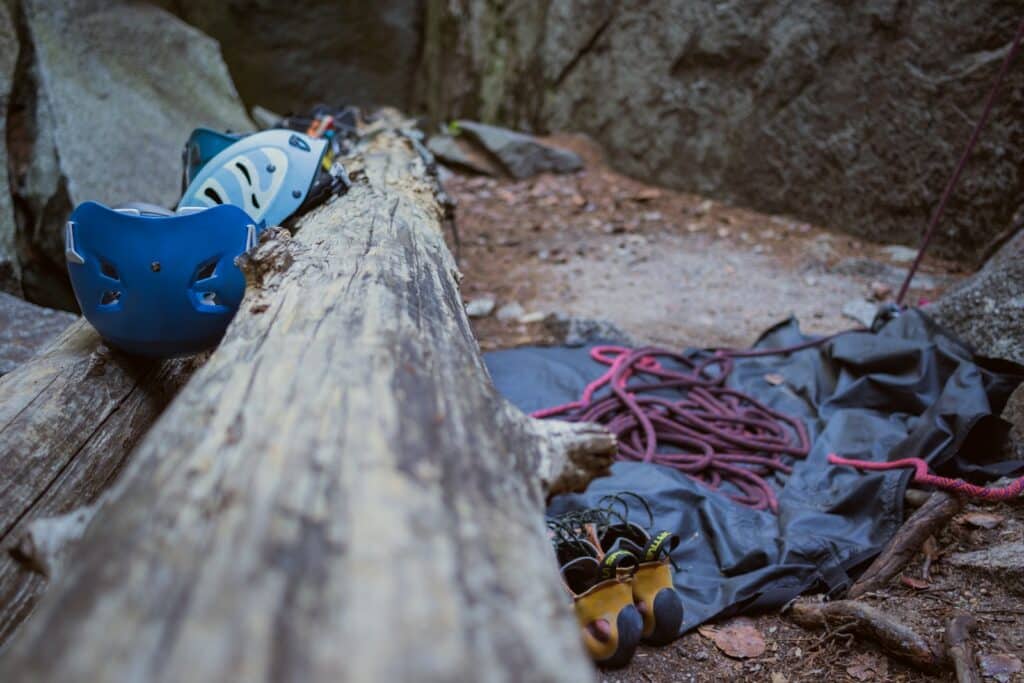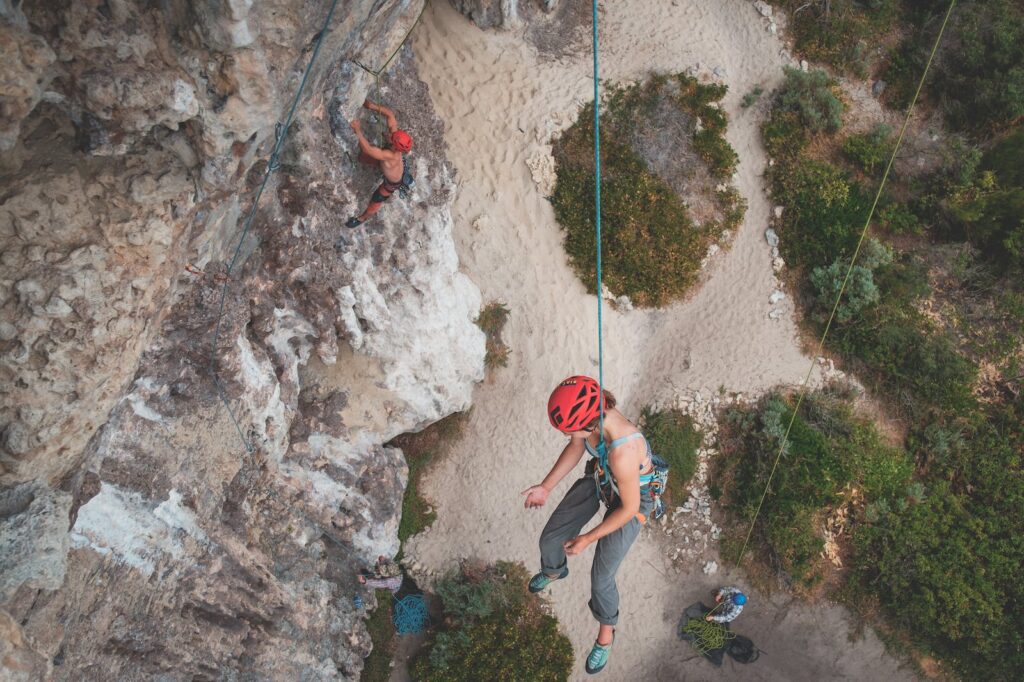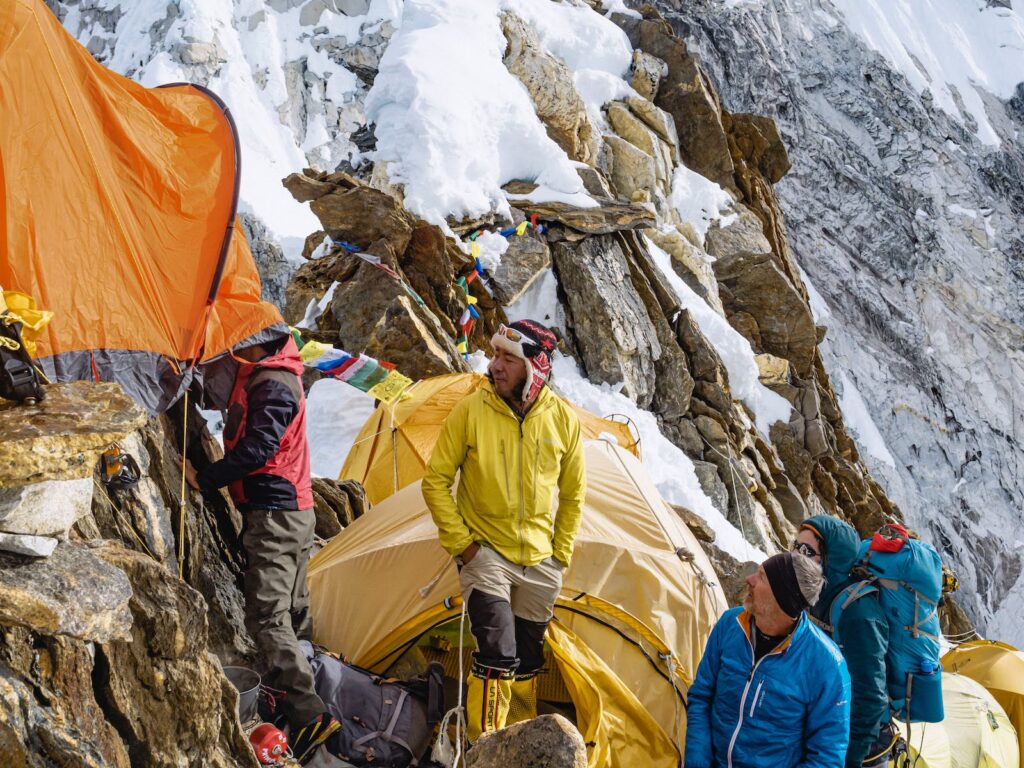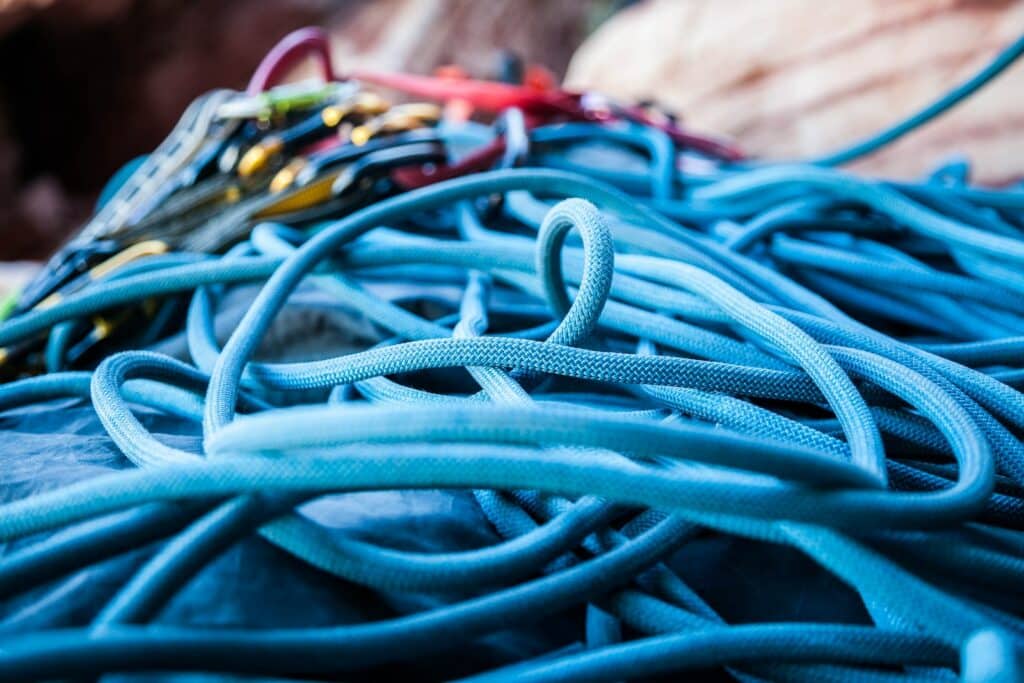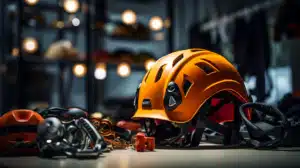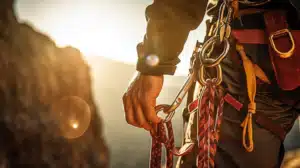Table of Contents
ToggleUnderstanding Rock Climbing Etiquette
As any seasoned climber will tell you, rock climbing is not just about physical strength and technique. It’s also about understanding and respecting the unwritten rules of the climbing community. This is where understanding ‘rock climbing etiquette’ comes into play.
Basics of Climbing Etiquette
So, what exactly is rock climbing etiquette? Well, for starters, it’s about communicating and coordinating your movements effectively to avoid accidents and ensure a smooth climbing experience. This includes calling out your intentions, letting other climbers know when you’re about to start climbing, and discussing route choices.
Another key aspect of climbing etiquette is yielding the right of way to other climbers who are already on a route or making progress. This helps prevent overcrowding and makes for a safer climbing environment (TripSavvy).
Equally important is respecting the climbing area and following any rules or guidelines set by local authorities or landowners. This includes leaving no trace, avoiding damage to flora and fauna, and keeping noise levels to a minimum (TripSavvy, Rock Climb Everyday).
Finally, being aware of and respecting the ethics of the climbing community, including grading systems, bolting standards, and accepted practices is a crucial part of rock climbing etiquette. It helps preserve the integrity of routes and ensures a positive climbing experience for all (TripSavvy).
Importance of Climbing Etiquette
Now, you may be wondering why all this matters. “I’m just here to climb,” you might think. But here’s the thing: climbing isn’t a solitary activity. Whether you’re at a crowded indoor climbing gym or a remote outdoor crag, your actions have an impact on those around you.
By following the basics of climbing etiquette, you’re not only contributing to a safer and more enjoyable environment for everyone, but you’re also showing respect for the climbing community and the natural environment. Plus, it’s a sign of good manners and professionalism, something that’s always appreciated, no matter what you’re doing.
So, the next time you’re about to hit the rocks, take a moment to brush up on your climbing etiquette. It’ll make for a better climbing experience for you and everyone else around you. For more tips and insights into the world of climbing, check out our articles on everything from multi-pitch climbing training to rock climbing nutrition.
Climbing Safety and Respect
When it comes to the world of rock climbing, safety and respect for others are the two pillars that hold up the ethos of this adventurous sport. As a climber, it’s important to understand and follow the guidelines to ensure a safe and enjoyable experience for everyone involved.
Safety Measures and Precautions
As the saying goes, “Safety first!” And this couldn’t be more true for rock climbing. Climbers must always prioritize safety over everything else. This includes understanding the risks involved and taking the necessary precautions to mitigate them (Cedarville University).
Climbers must have the appropriate skill and equipment for the route, conditions, weather, and season. If you’re unsure about what these are, it’s recommended to check out the NPS Trip Planning Guide or leave a trip plan with an emergency contact.
Always climb within your ability level. Don’t push yourself to take on a climb that’s beyond your skill set. If you’re unsure about your skills, consider hiring a guide or getting professional training. In fact, we have a great multi-pitch climbing training that you might find helpful.
Before starting a climb, double-check your equipment. This includes anchors, knots, harnesses, and all other safety gear. Parks have the right to remove bolts in areas where they are prohibited or placed without proper authorization, so be aware of local rules and regulations.
Finally, don’t forget to protect your head. Always wear a helmet when climbing. It can protect you from a range of risks, including slamming against a rock face, flipping upside down, or encountering a rock fall. Helmet protection is important for climbers of all ability levels and on any terrain (NPS.gov). For more tips on staying safe while climbing, check out our article on preventing rock climbing injuries.
Respect for Other Climbers
Rock climbing is a community sport, and respecting others is a fundamental part of the rock climbing etiquette. Remember, we’re all here to enjoy the same passion, so let’s make sure everyone has a good time.
Here are a few simple ways to show respect to other climbers:
- Don’t hog the wall: If there are other climbers waiting, finish your climb and let them have a turn.
- Keep the noise down: Remember, loud noises can be distracting and potentially dangerous for climbers.
- Respect the space: Don’t crowd other climbers. Give them enough space to climb safely.
- Be supportive: Encourage other climbers, especially if they’re struggling. A few words of encouragement can go a long way!
By following these simple rules, we can all contribute to a positive and respectful climbing environment. Happy climbing!
Environmental Impact of Rock Climbing
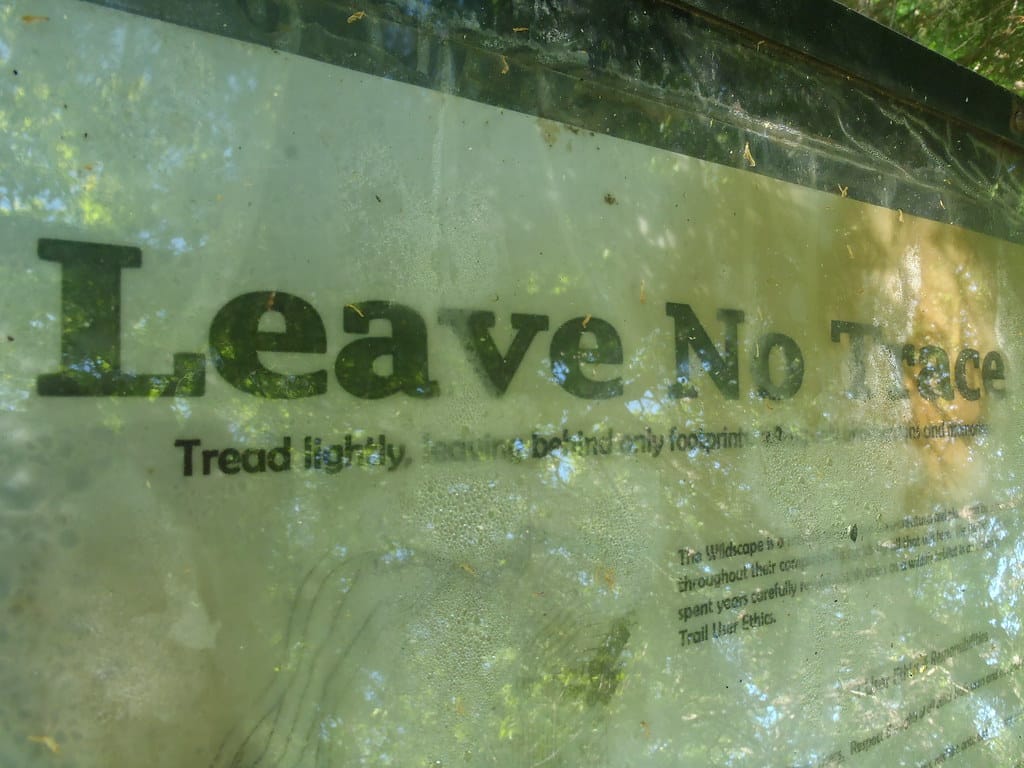
As I delve into the world of rock climbing, I can’t help but notice its impact on the environment. The sport’s rise in popularity is putting pressure on the amazing biodiversity sustained by cliff ecosystems. With about 35 million participants worldwide, we climbers have a responsibility to protect and preserve the environment in which we climb.
Protecting the Flora and Fauna
Climbing areas that are difficult to access often represent the last remaining refuge for species driven out by agriculture and urbanization (Mossy Earth). In fact, about 40% of sport climbing areas in Spain are found within nature protection areas, highlighting the importance of these habitats for biodiversity (Mossy Earth).
As climbers, we must ensure we’re doing our part to minimize our impact on these ecosystems. This means avoiding areas where our climbing activities could disturb the local fauna or damage delicate flora. If you’re unsure about the environmental sensitivity of a climbing area, try to do some research or ask local climbers for advice.
Leave No Trace Principle
One of the key principles of rock climbing etiquette is the Leave No Trace principle. This principle, widely endorsed by outdoor enthusiasts, emphasizes respect for the environment and minimizing our impact on it. According to REI, this includes disposing of waste properly, minimizing campfire impacts, respecting wildlife, and leaving what you find.
As a climber, I strive to embody the Leave No Trace principle in all my climbing adventures. This means carrying out all my trash (including biodegradable items like fruit peels), not altering the climbing environment (like chipping holds or moving rocks), and being respectful of wildlife and other climbers.
Following the Leave No Trace principle not only helps protect the environment, but it also ensures that future generations of climbers can enjoy the same beautiful climbing spots that we do today. For more information on climbing etiquette and how to minimize your environmental impact, check out our articles on preventing rock climbing injuries and rock climbing nutrition.
The Art of Communication in Climbing
Being a good climber isn’t just about physical strength or technical skills. It’s also about mastering the art of communication. Clear and effective communication — both verbal and non-verbal — is a vital part of rock climbing etiquette. It helps ensure safety, prevents misunderstandings, and contributes to a more enjoyable climbing experience for everyone involved.
Verbal Communication in Climbing
Verbal communication in climbing is all about using clear and concise language to convey important information. This can include instructions, warnings, or updates about your status and intentions. For example, when I’m lead climbing, I make sure to communicate with my belayer using specific commands such as “climbing,” “slack,” or “take” to indicate my movements and what I need them to do.
But it’s not just about talking to your climbing partner. It’s also important to communicate with other climbers on the wall. This can help prevent accidents and ensure everyone gets a fair chance to climb.
When it comes to multi-pitch climbing, you need to establish a clear communication system to stay connected and coordinate movements between pitches. This might involve predetermined signals or methods such as rope tugs, radio communication, or visual cues (REI). If you’re interested in learning more about this, check out our multi-pitch climbing training.
Non-verbal Communication in Climbing
Non-verbal communication plays an equally important role in rock climbing etiquette. Sometimes, when verbal communication is challenging or impossible, climbers use gestures and signals to convey information.
This can include pointing out holds, indicating the rope’s position, or signaling for assistance. For instance, sometimes I’ll give my climbing partner a thumbs-up to show that I’m ready to climb, or I’ll point to a hold that I’m about to use.
Non-verbal communication can also involve maintaining eye contact, using body language, or even just giving a friendly smile to your fellow climbers. After all, climbing is a social activity, and a little bit of positivity goes a long way!
Mastering the art of communication in climbing can make a huge difference to your climbing experience. So, whether you’re barking commands, gesturing to a distant climber, or just sharing a laugh with your belay partner, remember: clear, respectful communication is key to good rock climbing etiquette.
Climbing Etiquette in Crowded Cliffs
When I’m climbing, there’s nothing more exhilarating than being on a crowded cliff, sharing the experience with fellow climbers. But it’s important to remember to respect each other’s space and keep noise levels in check.
Managing Personal Space in Climbing
In a scenario where many climbers are sharing the same space, such as a crowded cliff, it’s crucial to be aware of each other’s personal space. This includes not crowding too closely to someone else’s climb or taking their turn on a route without permission.
When setting up top ropes, it’s also vital to be mindful of the impact on the rock and vegetation. Always use existing anchors whenever possible and avoid unnecessary damage to the environment. This respect for personal space extends not just to other climbers but also to the natural environment we’re privileged to enjoy.
Noise Control at Climbing Sites
Another essential aspect of rock climbing etiquette, especially in crowded areas, is noise control. Excessive noise can not only disrupt other climbers, but it can also disturb the natural environment. Keeping voices and music at a reasonable volume shows respect for others and for the peacefulness of the climbing area (Climbing Magazine).
Remember, a crowded cliff can be a fun and social experience, but it’s essential to be mindful of each other and the environment. Follow these tips, and you’ll be a welcome presence at any climbing site. For more information on rock climbing etiquette and safety, check out our multi-pitch climbing training and guidelines on preventing rock climbing injuries.
Dealing with Climbing Equipment
Handling climbing equipment is a key part of rock climbing etiquette. This includes understanding how to use and maintain your equipment, as well as how to manage your gear in a considerate manner.
Proper Use and Maintenance of Equipment
When it comes to climbing gear, it’s not just about having the right equipment, but also about using it correctly and keeping it in good condition. Proper use and maintenance of climbing equipment are crucial for safety. This includes regular inspection of gear, proper storage and transportation, and ensuring all equipment is in good working condition.
Regularly inspect your climbing gear before and after each climb. Look for any signs of wear and tear, such as frayed ropes, cracked carabiners, or worn-out harnesses. If you identify any issues, replace the equipment immediately. Remember, your safety is paramount!
Storage and transportation are also important aspects of gear maintenance. Keep your equipment in a cool, dry place away from direct sunlight. When transporting your gear, make sure it is properly secured to prevent damage.
Remember, maintaining your gear not only keeps you safe but also extends the lifespan of your equipment. For more information about climbing safety, check out our article on preventing rock climbing injuries.
Gear Management and Etiquette
Gear management is another key aspect of rock climbing etiquette. It’s important to keep your gear organized and avoid leaving equipment unattended. This helps prevent gear from falling and potentially injuring other climbers.
When rappelling, it’s common practice for the climbing team to add one of their locking carabiners onto their anchor, which the rappelling team can use to clip their rope without threading it through the anchor hardware (Alpine Savvy).
An unconventional method to expedite passing when rappelling involves the climbing team clipping one of their locking carabiners to the master point of their anchor, and the rappelling team clipping their rope to the climbing team’s carabiner. This method allows the rappel rope to be clipped on top of the existing anchor cluster, eliminating the need to thread the rope underneath the cluster. It can be particularly useful on big walls where gear may obstruct the anchor chains.
Remember, good gear management not only keeps everyone safe but also contributes to a positive climbing experience. Whether you’re a beginner just starting your home rock climbing workouts or an experienced climber preparing for multi-pitch climbing training, always make sure to follow good gear management practices.


